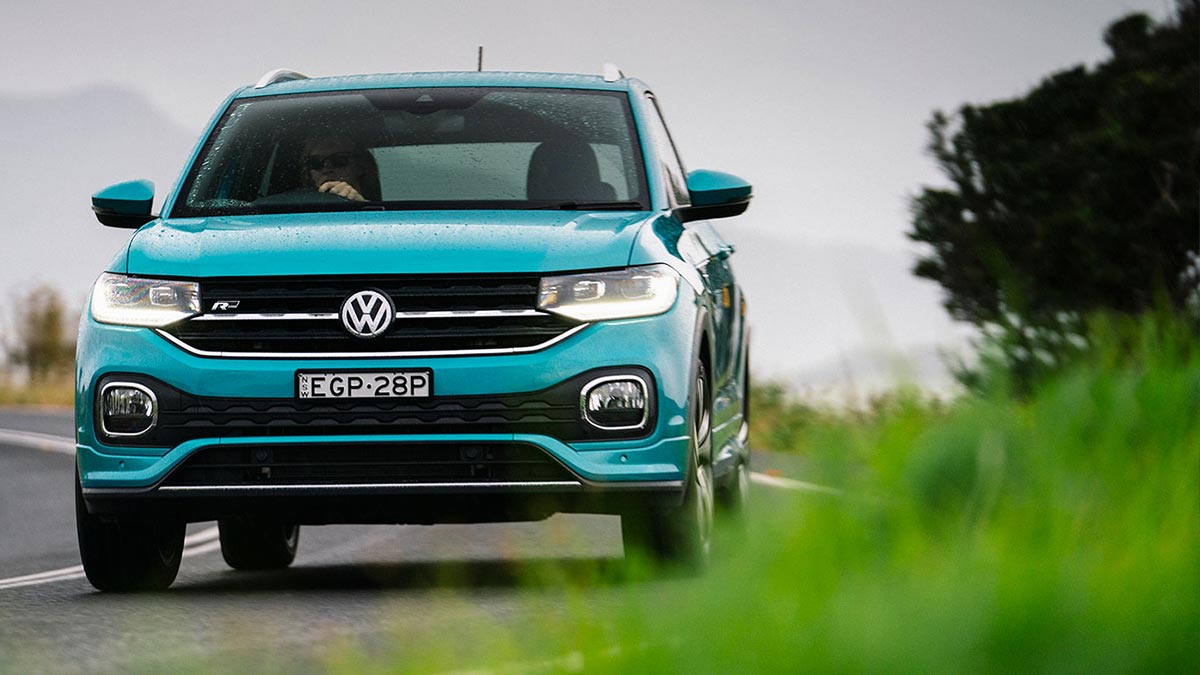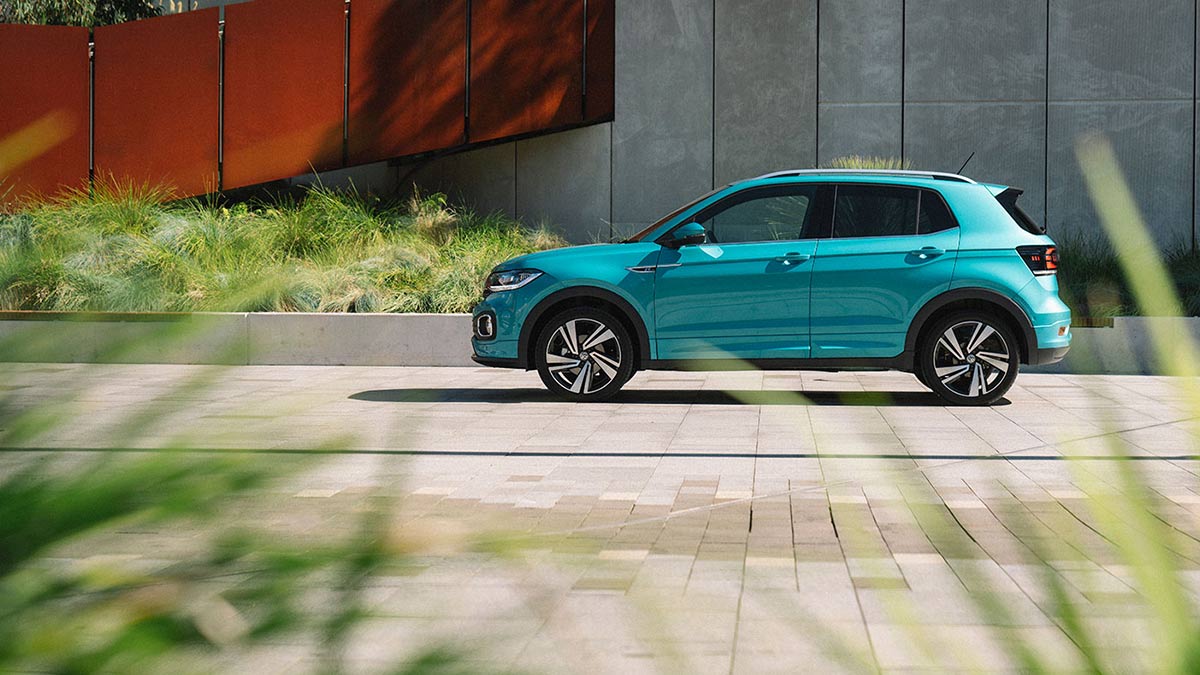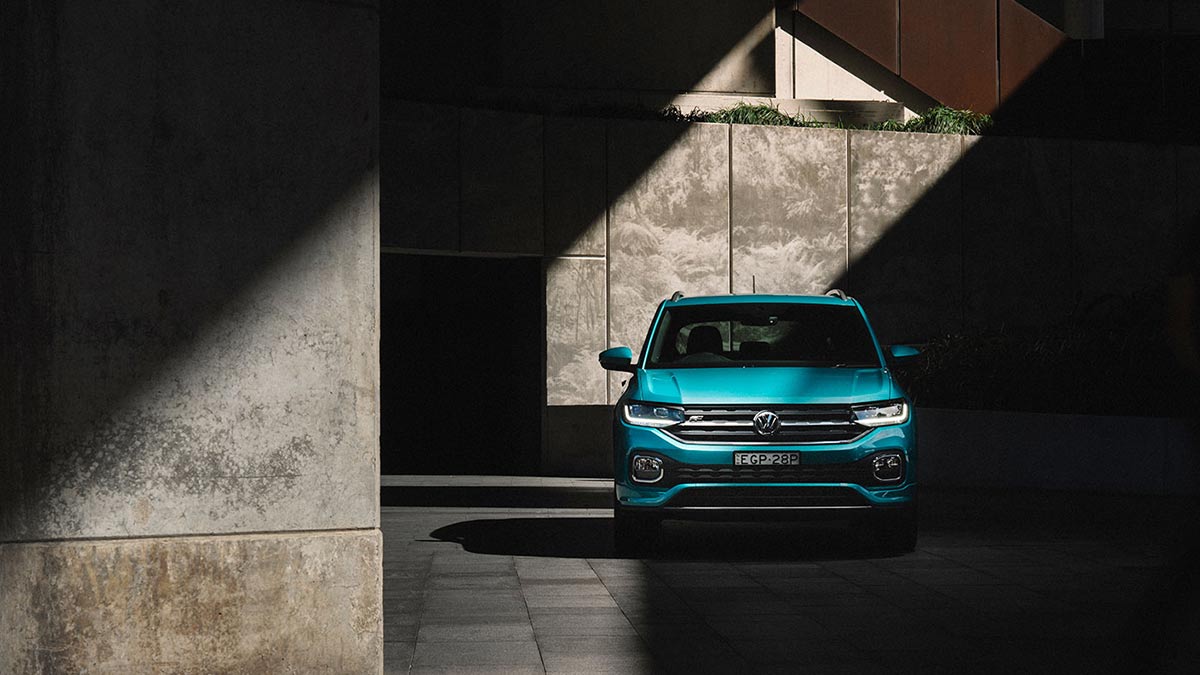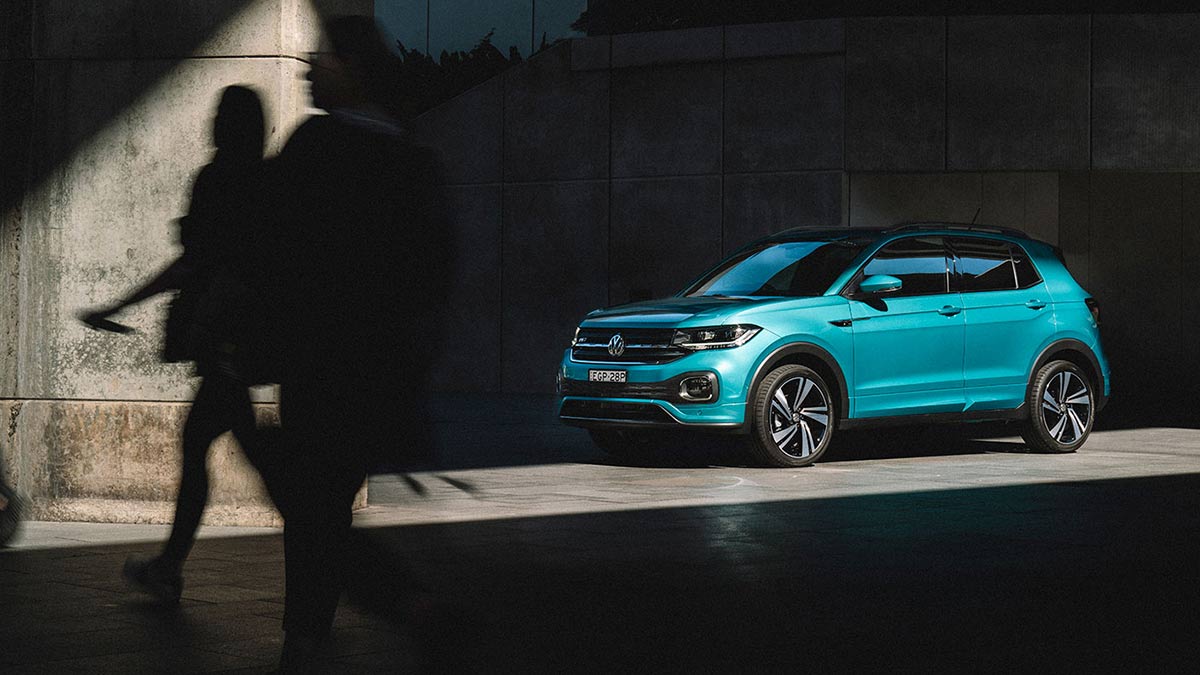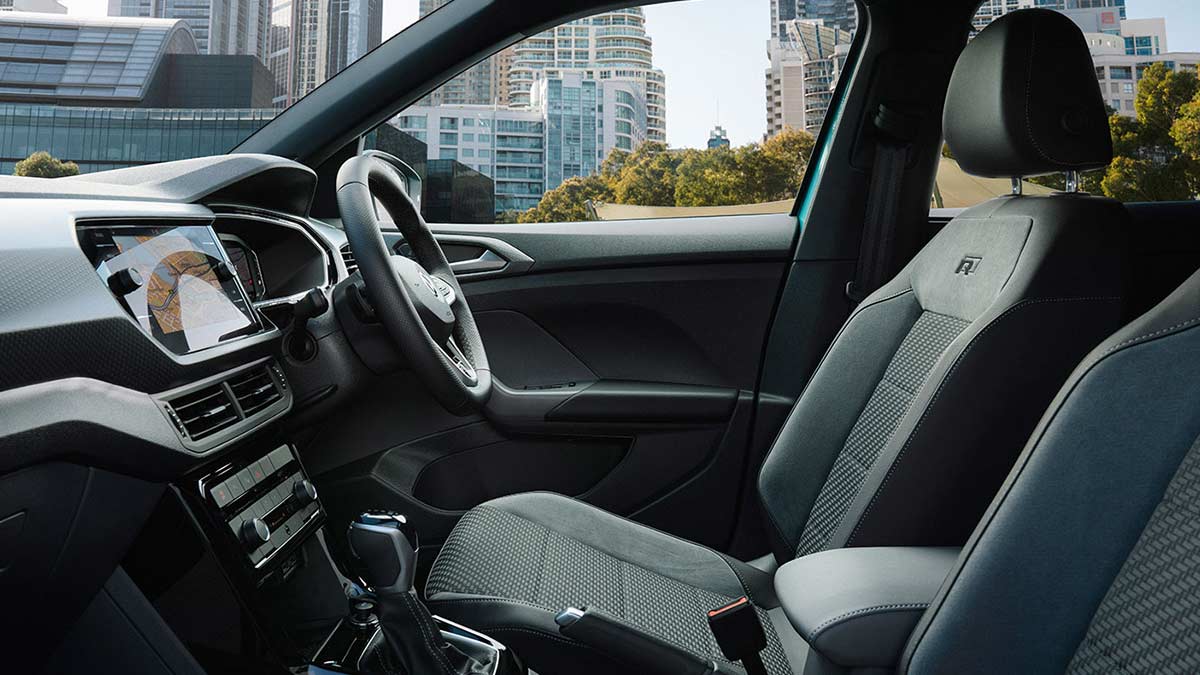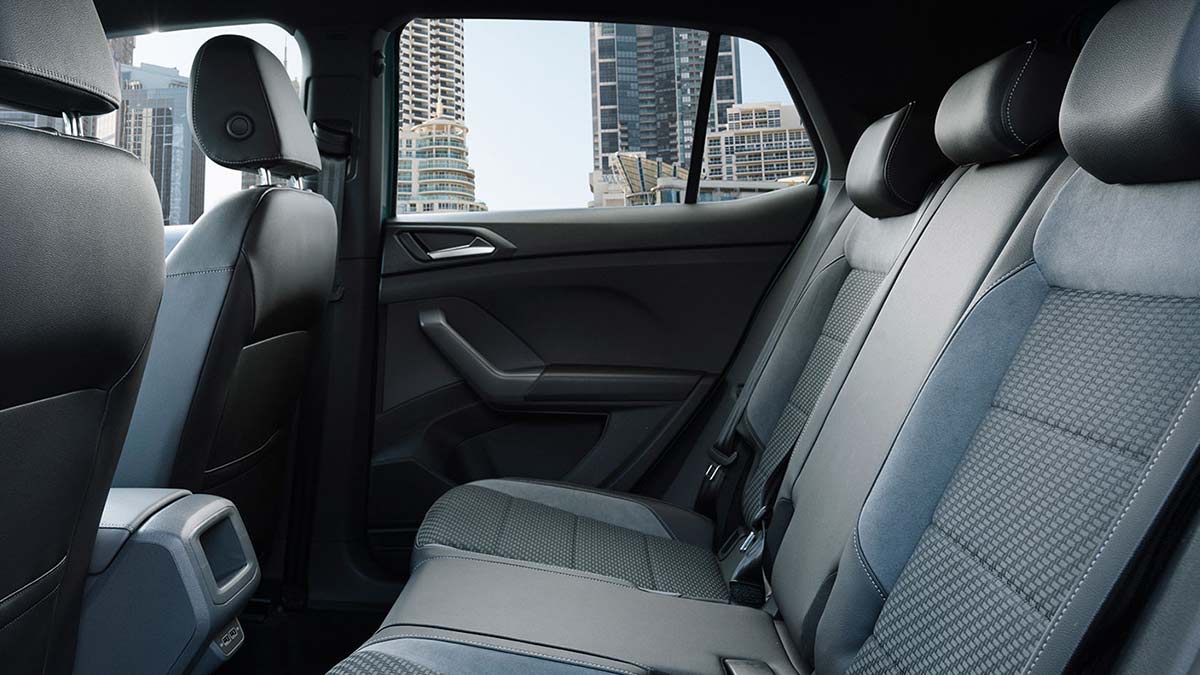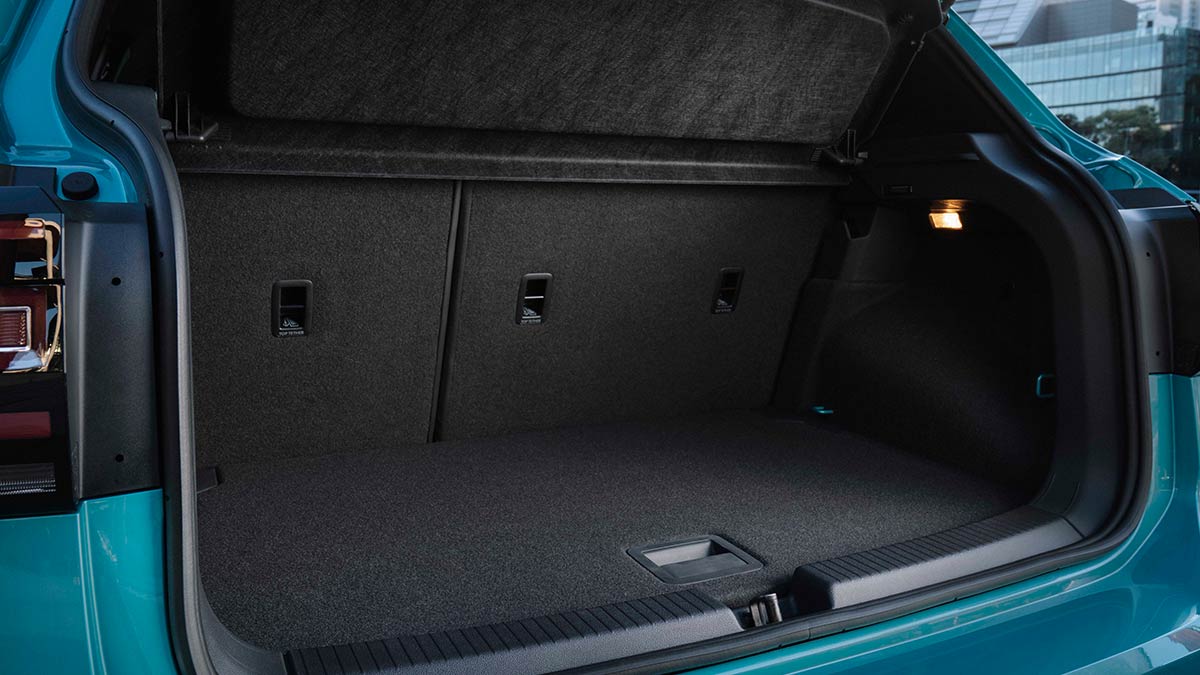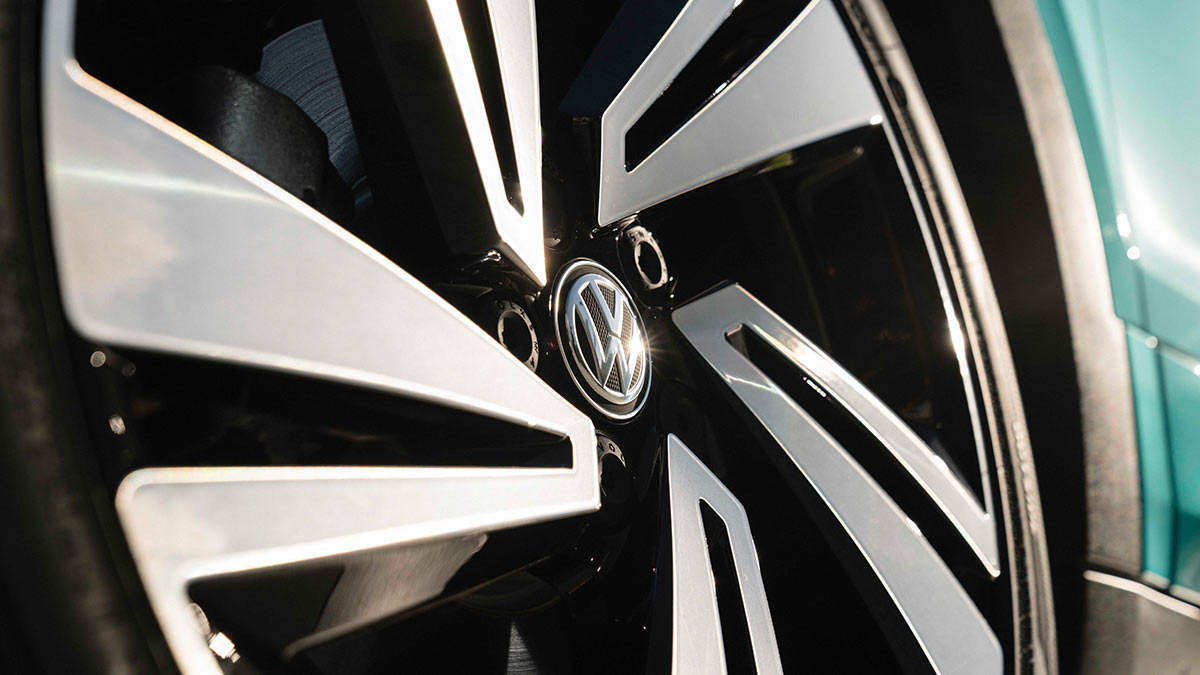The ninth-generation Toyota HiLux has arrived, bringing with it a futuristic forward exterior design, more safety and tech and the same rugged capability owners love. Will the updates tempt private buyers away from the Ford Ranger or are they just enough to keep fleets onside?
Volkswagen T-Cross 85 TSI Style 2020 road test review
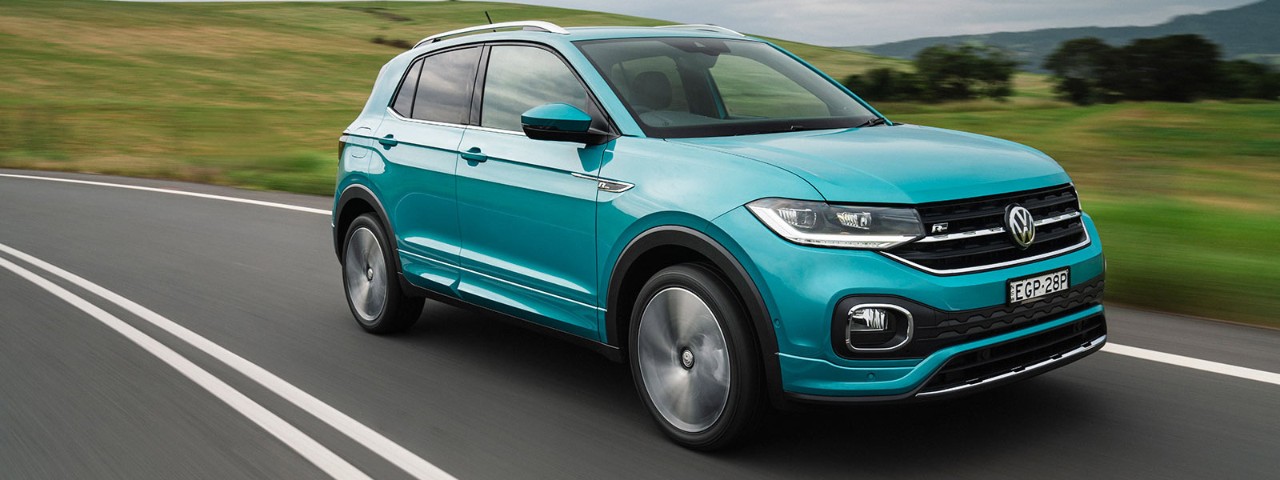
Tim Nicholson road tests Volkswagen’s peppy new T-Cross small SUV.
Volkswagen Australia has been without an entrant in the booming small-SUV segment since the Tiguan grew up to become a medium-size offering with its second-generation model in 2016.
All that is about to change with the arrival of not one but two small SUVs carrying a VW badge – the Polo-based T-Cross in showrooms now and the Golf-sized T-Roc arriving soon.
The T-Cross is VW’s most affordable SUV offering and will compete against the Mazda CX-3, Hyundai Venue and Nissan’s second-generation Juke.
Thumbs up
Appealing styling, peppy three-cylinder turbo engine, impressive handling, surprisingly spacious cabin and healthy standard equipment list.
Thumbs down
No rear air vents, small central storage bin, tyre noise and overly sensitive front sensors.
Just two variants are offered from launch, both powered by the same three-cylinder turbo-petrol engine – the entry-level 85 TSI Life at $27,990 before on-road costs, and 85 TSI Style tested here is $30,990.
The T-Cross is based on the same platform as the Polo light hatch, sharing many of its underpinnings including the powertrain. The equivalent Polo 85 TSI Style costs $25,390, representing a $5600 saving compared with the T-Cross. It’s quite a jump considering how similar the cars are. You are essentially paying extra for increased ride height and some newer tech.
Compared with its SUV rivals, the T-Cross is very generously equipped, with high levels of driver-assist safety gear and in-car tech standard on both variants.
For an equivalently specified CX-3 Akari you’re looking at $35,950. The Venue tops out at $25,490, but it lacks the refinement of the VW.
The eye-catching ‘Makena Turquoise’ colour of our test car adds $800 to the price. It was also fitted with the $2500 R-Line package that adds a sporty body kit, bigger wheels and sports interior touches, and the $1900 Sound & Vision package that includes a digital instrument cluster and Beats audio system. All up our test car costs $36,190 before on-roads.
The Spanish-built T-Cross has an appealing boxy shape with modern touches including cool LED tail-lights that stretch the width of the tailgate. The Life features black exterior styling flourishes while the Style gets chrome touches.
Inside it is unmistakably Volkswagen, with its minimalist, semi-premium vibe. Hard plastics cover most of the dash and doors but it has visually appealing inserts. VW’s infotainment system with the 8.0-inch capacitive touchscreen and proximity sensor is intuitive and the graphics put its competitors to shame.
The central storage bin is tiny, but the door bottle storage is huge. The R-Line microfibre/cloth seats are supportive and comfortable, although they could do with more adjustability.
As with the front seats, there’s loads of head room in the rear and decent leg room for a small SUV. The second-row seats have some bucketing and the whole row sits higher up than the front. Two of the car’s four USB ports are in the rear, but there are no air vents.
The 385-litre boot – bigger than the Hyundai Venue and Mazda CX-3 – expands to 455 litres thanks to the sliding rear-seat row. The space-saver spare wheel hides under the boot floor.
The T-Cross won’t bother the Suzuki Jimny when it comes to off-roading, but the 185-millimetre ground clearance is great for speed bumps and the like. The front parking sensors can be sensitive when you encounter an intersection or driveway with a deep entry/exit point.
VW’s 85kW/200Nm 1.0-litre three-cylinder turbo-petrol engine is a little sweetie. It has more torque than many of its rivals with larger-capacity engines, and you can feel it when it pulls away. The turbo and the dual-clutch transmission produce lag from a standing start and the idle-stop system doesn’t help here. We switched it off every time we got in the car. Once up and running, it’s a peppy performer and puts many of its more powerful competitors to shame.
Gear changes are barely noticeable from the slick seven-speed dual-clutch auto – VW has come a long way with its DSG transmission over the years.
When it comes to cornering, the relatively lightweight T-Cross’ well-balanced chassis stays surprisingly flat, with no hint of body roll. Its Polo sibling might just have the edge when it comes to handling, but the T-Cross is impressive.
The ride is a little busy at times but that’s likely due in part to the big 18-inch wheels and low-profile tyres fitted as part of the R-Line package. It does, however, soak up bumps surprisingly well.
VW’s typically light steering isn’t to everyone’s taste but the T-Cross turns in sharply. The little SUV is nimble too, with a tight 10.6-metre turning circle for ease of movement when parking and navigating narrow urban streets.
Very little engine noise gets into the cabin, but tyre noise is prominent, especially on coarse-chip roads.
VW’s lane-keeping aid succeeds in keeping the car in the centre of a lane, but at one point on a dual-lane road we noticed a sizeable pothole in our lane at the last second, but when we safely swerved to avoid it, the lane-keeping aid tried to keep us in the original lane. Many of these types of systems – not just VW’s – are not yet calibrated for these sorts of road events. They are getting there, but are still far from perfect.
VW’s combined-cycle average fuel claim for the T-Cross is 5.4 litres per 100 kilometres. We achieved 6.9L/100km after a couple of days of enthusiastic driving.
The verdict
Volkswagen might have arrived fashionably late to the small SUV party, but it knows how to make a splash. The T-Cross is a classy, capable and engaging offering.
|
Pricing |
List price: $30,990 before on-road costs. |
|---|---|
|
Drivetrain |
1.0-litre, three-cylinder turbocharged petrol engine, seven-speed dual-clutch automatic transmission, front-wheel drive. |
|
Fuel |
95 RON premium petrol, 40-litre tank. |
|
Standard safety |
Five-star ANCAP rating, autonomous emergency braking with pedestrian and cyclist monitoring, reversing camera, front and rear parking sensors, driver-fatigue detection, lane-departure warning, multi-collision brake system. |
|
Standard features |
8.0-inch touchscreen with proximity sensor, Apple CarPlay/Android Auto, six-speaker audio, electrically heated and foldable exterior mirrors, auto-dimming rear-view mirror, sliding rear-seat base. |
|
Warranty |
Five-year/unlimited-kilometre warranty, three or five-year scheduled servicing plans, and servicing schedule of 15,000 kilometres or 12 months. |
